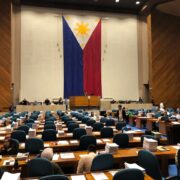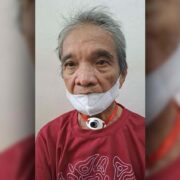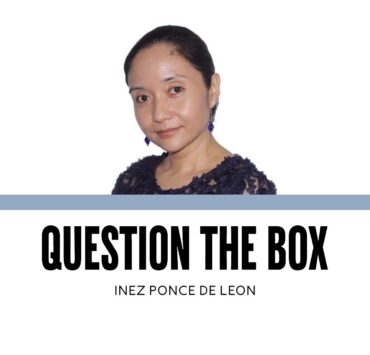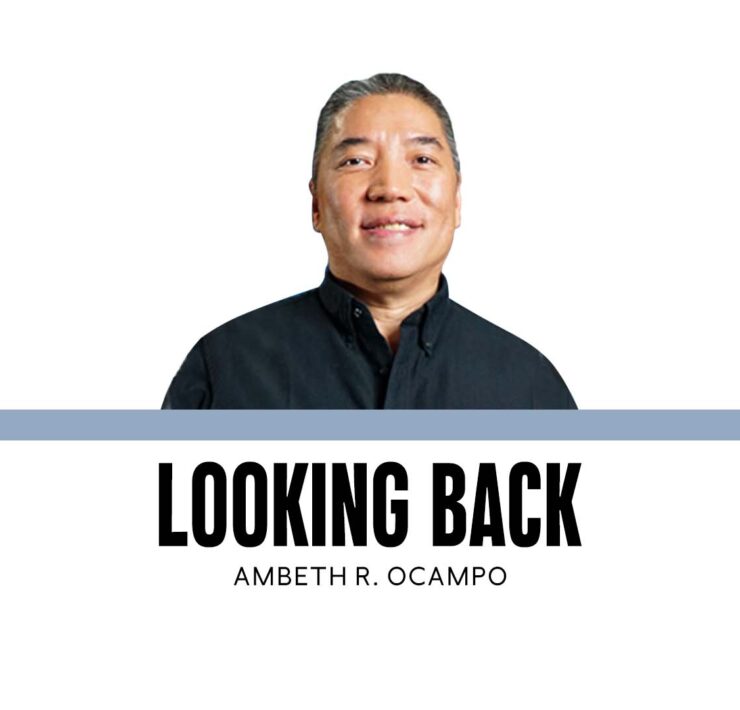The Philippines in Chicago
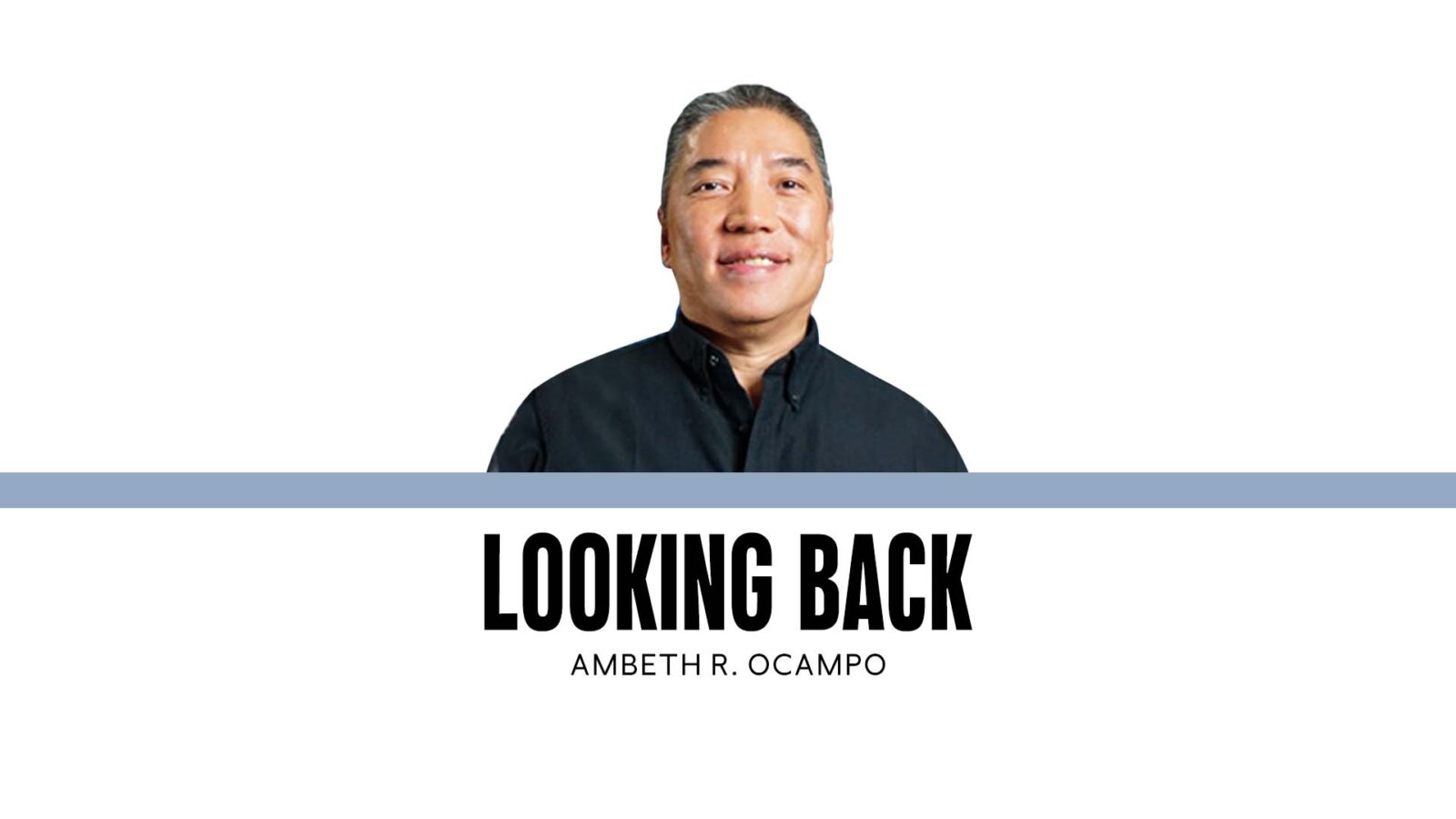
Being a nerd has its rewards. When I am in an archive, a library, or a museum with materials from or about the Philippines, I feel like a child in a candy store. Despite the stress and jet lag that comes with long trips, I accepted the invitation to deliver an opening keynote speech at a conference on “Philippine Lives under Early Spanish Rule” because the venue was the Newberry Library in Chicago. While my area of specialization is the late 19th century, on my last two trips to the Newberry I requested older materials, like the 1734 Murillo Velarde map of the Philippines that I consulted by hand on a table rather than looking at it hanging on a wall behind glass, or worse, through a high-resolution copy online.
I was also able to consult the 1554 Ramusio map of China and Southeast Asia, considered the “birth certificate” of the Philippines because it was the first European map that carried the name “Filipina.” The Philippines as we know it today was not yet fully formed in this map that reflects the state of geographic knowledge at the time: only “Filipina” and “Vendanao” are represented. Luzon and the Visayas had yet to be charted and drawn. This map is ornamented with mythical sea creatures that makes the 16th-century world both charming and terrifying. The real treat was being able to consult the map inside the original book of voyages. More often than not, maps are separated from books by collectors who prefer them framed on a wall.
The Philippine collection in the Newberry was donated by Edward E. Ayer whose core collection is on Native, or should I say the Original Americans, the Indians—not the White men who took over their lands. When Ayer heard news of George Dewey sinking the Spanish fleet in Manila Bay on May 1, 1898 he anticipated the US occupation of the islands and directed his agents and book dealers to source materials that would be an indispensable reference on the Philippines. Aside from early Philippine imprints and travel accounts from the 17th and 18th centuries (they have both the 1609 edition of Antonio de Morga’s “Sucesos de las islas Filipinas (Events of the Philippine Islands)” and Jose Rizal’s annotated edition of the same work published in Paris in 1890. Also in the Ayer collection are materials in major Philippine languages: Tagalog, Bisaya, etc. And over 8,000 ethnographic photographs from the Philippines acquired from Dean C. Worcester that has recently been digitized and made available online through a joint project between the Newberry and the University of Michigan Recollect/Reconnect initiative.
They have some rare items like a 19th-century album of Philippine costumes done in watercolor by Damian Domingo. They have one of the earliest printed copies of the National Anthem of the Philippines, a lithograph made in Hong Kong circa 1898-1899. Julian Felipe’s composition for piano and trumpet comes with an indication of metronome speed that allows us, when played, to hear what Emilio Aguinaldo first heard before it was played in public in Kawit by a brass band on June 12, 1898.
Books or printed materials, you may find elsewhere, but manuscripts are often unique. The Newberry has over 400 manuscripts that cover the years from 1564-1899. The writers or subjects of the manuscripts can be famous people like Rizal, Aguinaldo, Apolinario Mabini, Antonio Luna, etc. to obscure people like Adriana Capuquian, a 19thcentury woman who was interrogated for her mystical visions, or unnamed boys, victims of clergy abuse being investigated by a bishop. The Rizal manuscripts comprise the hero’s 1884 Madrid Diary and a book containing his clinical notes when he was a medical student in Madrid. There are letters between Rizal and the anthropologist A.B. Meyer where Rizal explained the origin and location of “Ma-yi” in 10th-century Chinese chronicles. In another letter Rizal locates “Tawalisi,” mentioned by the 14th century Muslim traveler Ibn Battuta, in Northern Luzon, giving rise to the myth of Princess Urduja, a Turkish speaking warrior queen from Pangasinan! Rizal also briefs Meyer on the history of hashish in the Philippines, admitting that he tried hashish “for experience” in Manila in 1879. The 18-year-old Rizal bought hashish, I presume with a prescription, from a drugstore.
It is not well-known that Ayer travelled to Manila in 1904 together with his friend, the Chicago architect Daniel Burnham who was commissioned to do the plans for Manila and Baguio. During their stay, Ayer went on a spree buying ethnographic objects that he later donated to the Field Museum that now preserves thousands of ethnographic and natural science materials collected in the Philippines during the early 20th century. Ayer reputedly bought so much bladed weapons, shields, and armor that the joke was his collection made it easier to end Filipino resistance to US rule.
While a lot of materials are now available online, there is no substitute to being in the Newberry Library and Field Museum to find the Philippines in Chicago.
—————-
Comments are welcome at ambeth.ocampo@inquirer.net
Ambeth is a Public Historian whose research covers 19th century Philippines: its art, culture, and the people who figure in the birth of the nation. Professor and former Chair, Department of History, Ateneo de Manila University, he writes a widely-read editorial page column for the Philippine Daily Inquirer, and has published over 30 books—the most recent being: Martial Law: Looking Back 15 (Anvil, 2021) and Yaman: History and Heritage in Philippine Money (Bangko Sentral ng Pilipinas, 2021).




